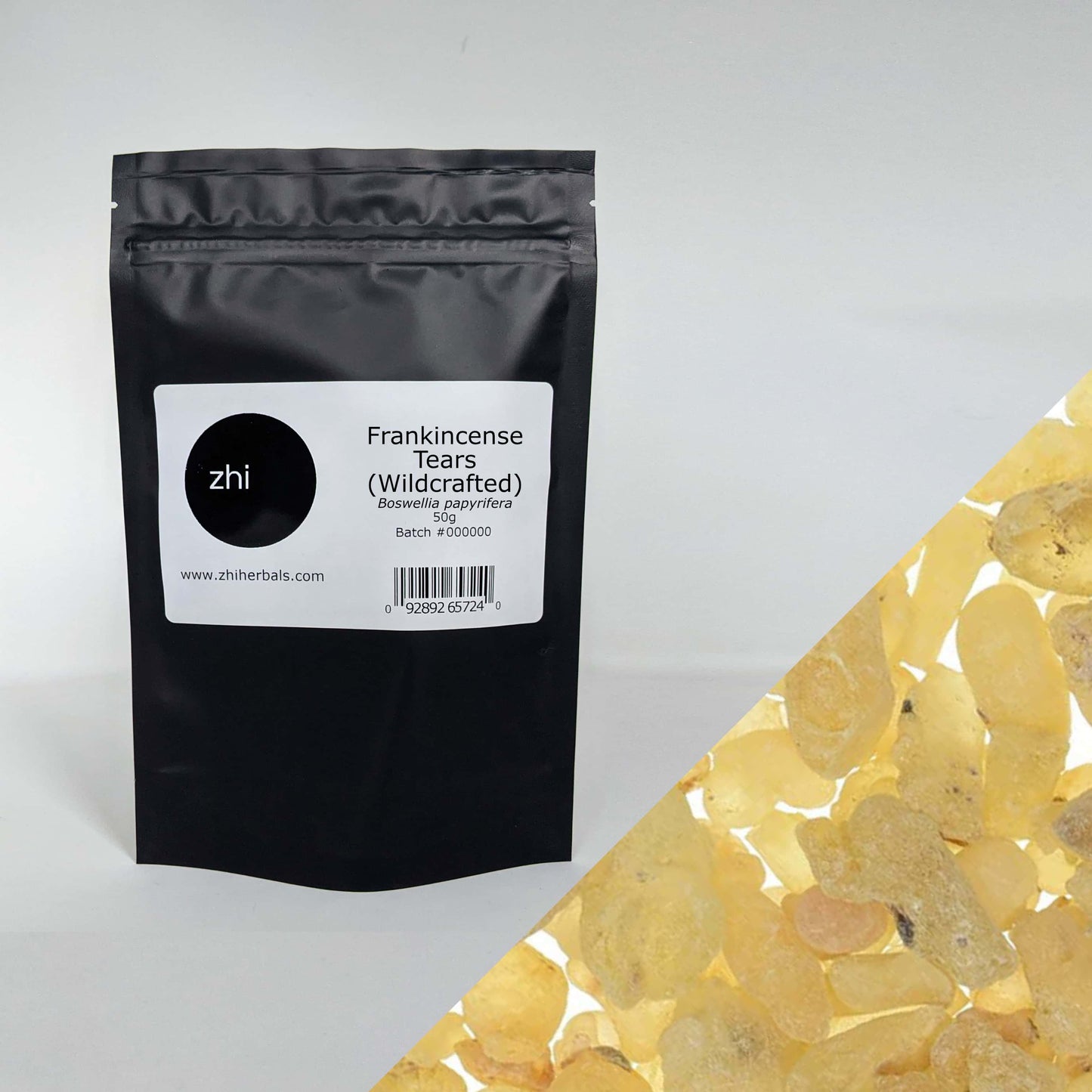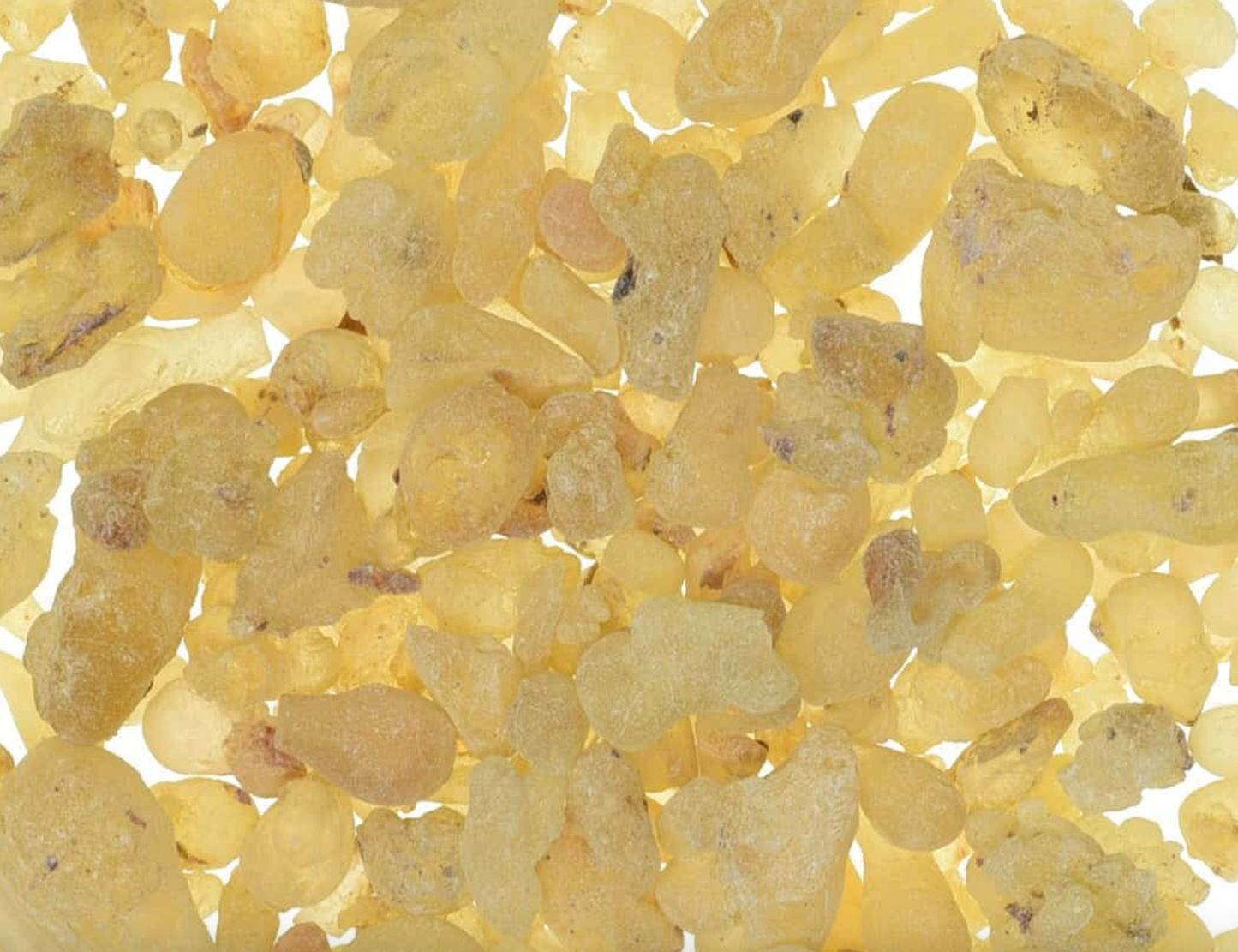Zhi Herbals
Frankincense Tears (Wildcrafted)
Frankincense Tears (Wildcrafted)
Couldn't load pickup availability
Common Name
Frankincense, Bible Frankincense, Olibanum
Latin Name
Boswellia papyrifera
Origin
Ethiopia
What Is Frankincense Resin?
Frankincense is a small to medium sized tree that grows wild across India, especially in dry hill areas.
The frankincense resin is collected by slicing the bark of the tree, and allowing the gun resins to ooze out. The resins solidify after a few weeks and the harvesters return to collect the resins from the trees. Frankincense has been used for thousands of years to improve communication with the creator, and is best known as being a gift to Christ by the Magi. It has been burned in churches for thousands of years, and frequently still is today. Our frankincense is sustainably wildcrafted in Ethiopia.
How to Use Frankincense Resin (Common Uses)
Most often used as incense or for ceremonial purposes. Can also be taken internally as a tea, capsules, decoction, or extract.
Medicinal Uses and Benefits of Frankincense Resin
Frankincense resin has antiviral and anti-fungal benefits. It is astringent, and may be used topically or internally.
In Ayurvedic medicine, frankincense resin may be used for liver disease, cancer, diarrhea, skin conditions, and as a general tonic for health. It may also be used for lung conditions, such as coughs or bronchitis.
The boswellic acids found in frankincense resin can help to slow the progression of some inflammatory conditions. This herb is especially popular in Western Herbalism for inflammatory joint and muscle conditions such as stiffness, rheumatoid and osteoarthritis, tendinitis, bursitis, and muscular injuries. It may help enhance blood circulation. Due to its powerful anti-inflammatory benefits, frankincense can be useful for many other types of inflammatory health conditions, including digestive issues and ulcerative colitis.
Active Constituents in Frankincense Resin
Triterpene acids (alpha, beta, and gamma boswellic acids), quercetin, terpenoids, alpha-thujene, p-cymene, alpha-pinene, alphaphellandrine.
Share


The quality of all the herbs I purchased is excellent. Free and fast shipping is also a major plus! Thanks!


